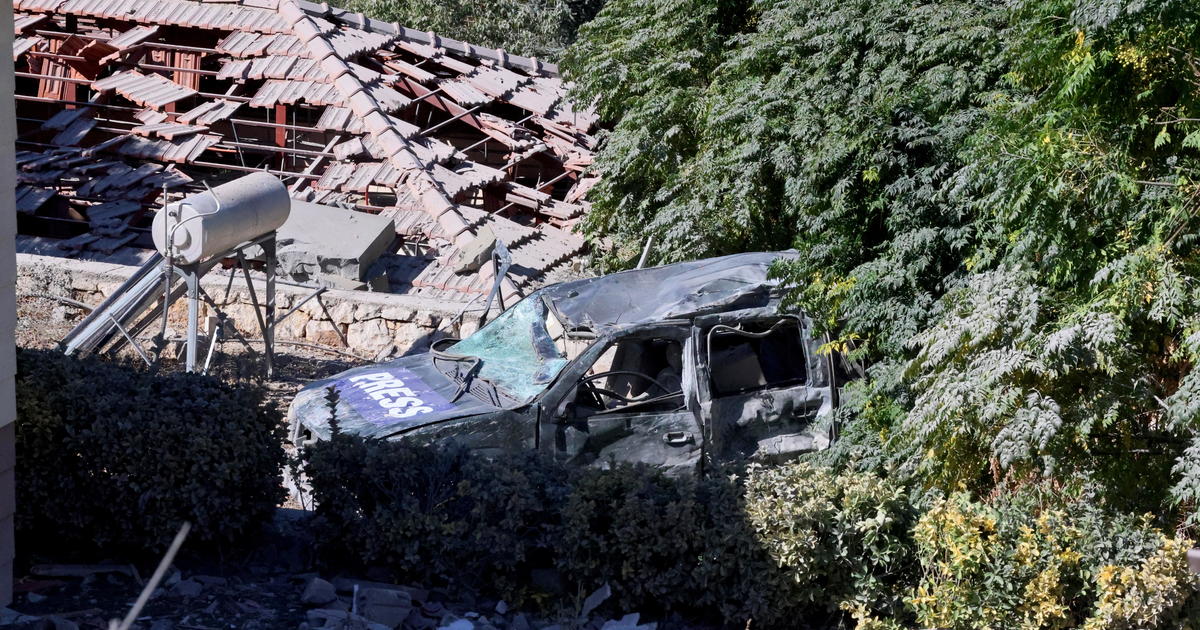Israel’s ongoing conflict in Lebanon and Gaza has resulted in a tragic escalation, marked by significant civilian casualties and a deepening humanitarian crisis. The situation is further complicated by the involvement of multiple factions, including Hezbollah, Hamas, and the Israeli Defense Forces (IDF), making a resolution incredibly challenging. The international community, particularly the United States, is actively engaged in diplomatic efforts to achieve a ceasefire and alleviate the suffering of affected populations. However, the path to peace remains uncertain as the violence continues. This report analyzes the key events and implications of this ongoing conflict.
The Killing of Journalists in Lebanon
The Airstrike and its Aftermath
On Friday, an Israeli airstrike in southern Lebanon resulted in the deaths of three journalists working for media organizations linked to Iran and Hezbollah. The strike, which obliterated a building housing over a dozen journalists from various outlets, drew immediate condemnation from Lebanon’s Prime Minister Najib Mikati, who termed the incident a deliberate act and war crime. The Associated Press and other international news agencies reported that no warning was issued prior to the attack. This incident underscores the high risks faced by journalists operating in conflict zones and raises concerns about potential violations of international humanitarian law. The lack of a clear explanation from the IDF further fuels tension and mistrust.
International Response and Concerns
The deaths of the journalists have sparked outrage and calls for accountability from international organizations and governments. The incident raises serious questions regarding the targeting of civilian infrastructure and the disproportionate impact on non-combatants. The absence of a preliminary statement of explanation or acknowledgement from the IDF immediately following the attack further highlights the complex diplomatic and geopolitical challenges involved. International pressure to fully investigate this event and take appropriate action is building. The potential for such events to inflame existing tensions and impede peace negotiations cannot be understated. International scrutiny over the circumstances leading up to the attack and the subsequent lack of initial response from the IDF are expected to continue to grow.
The Intensifying Conflict in Gaza
IDF Operations and Civilian Casualties
The Israeli Defense Forces (IDF) have significantly escalated their offensive in the Gaza Strip, targeting Hamas infrastructure and inflicting heavy civilian casualties. Friday alone saw at least 38 deaths in the southern Gaza city of Khan Younis, with children reported amongst the victims. The IDF’s actions have drawn condemnation from international bodies for what they describe as the heavy impact upon civilians. The siege of and attack on the last operational hospital in northern Gaza, the Kamal Adwan Hospital, further exemplifies this concern. The IDF’s claim to have “eliminated hundreds of terrorists” and evacuated 45,000 civilians does little to mitigate the damage and distress to the already vulnerable civilian populace.
Humanitarian Crisis and Medical Access
The ongoing conflict has created a severe humanitarian crisis in Gaza. The destruction of medical facilities and infrastructure significantly impairs the delivery of healthcare to the affected population. This raises serious concerns regarding potential epidemics or a shortage of essential supplies, already precarious given the prolonged blockade. The attack on the Kamal Adwan hospital, occurring just after a WHO delegation departed, raises profound ethical and operational concerns for international aid organisations and human rights agencies operating within Gaza, making humanitarian efforts even more challenging and dangerous.
Diplomatic Efforts and Ceasefire Negotiations
U.S. Involvement and Mediation Attempts
The United States continues its efforts to broker a ceasefire between Israel and Hezbollah/Hamas. Secretary of State Antony Blinken’s recent visits to the region highlight the commitment of the U.S. government to finding a diplomatic solution. His meetings with officials from Jordan, Qatar, and Lebanon reflect a multi-pronged strategy focused on calming existing tensions and achieving a diplomatic pathway towards a peace agreement. However, the success of these efforts remain uncertain due to ongoing escalation and the lack of commitment from both parties to compromise.
Obstacles to a lasting peace
The current negotiations encounter multiple hurdles. Both Israel and Hezbollah are pursuing opposing strategic goals, demanding significant concessions from the other side. These differing military objectives add complexity to achieving a political compromise and raise considerable hurdles towards brokering peace. Furthermore, the continued targeting of civilians and destruction of civilian infrastructure create immense difficulties and further escalate tensions. The path towards peace continues to encounter challenges to the detriment of stability and a peaceful settlement. A sustainable ceasefire will need to address the underlying conflicts that ignited the hostilities.
Takeaway Points
- The killing of journalists in Lebanon highlights the dangers faced by media professionals covering conflict zones and raises serious concerns about the targeting of civilians.
- The IDF’s intensified operations in Gaza have resulted in a severe humanitarian crisis, with significant civilian casualties and the disruption of essential services, including healthcare.
- The diplomatic efforts led by the U.S. and other nations are crucial but face immense challenges due to the conflicting interests and the escalating violence.
- A lasting solution to the ongoing conflict requires a multi-faceted approach that addresses the root causes, provides humanitarian assistance and ensures accountability for human rights abuses. Any lasting ceasefire must simultaneously consider humanitarian concerns and the requirements for addressing longer-term underlying issues.




